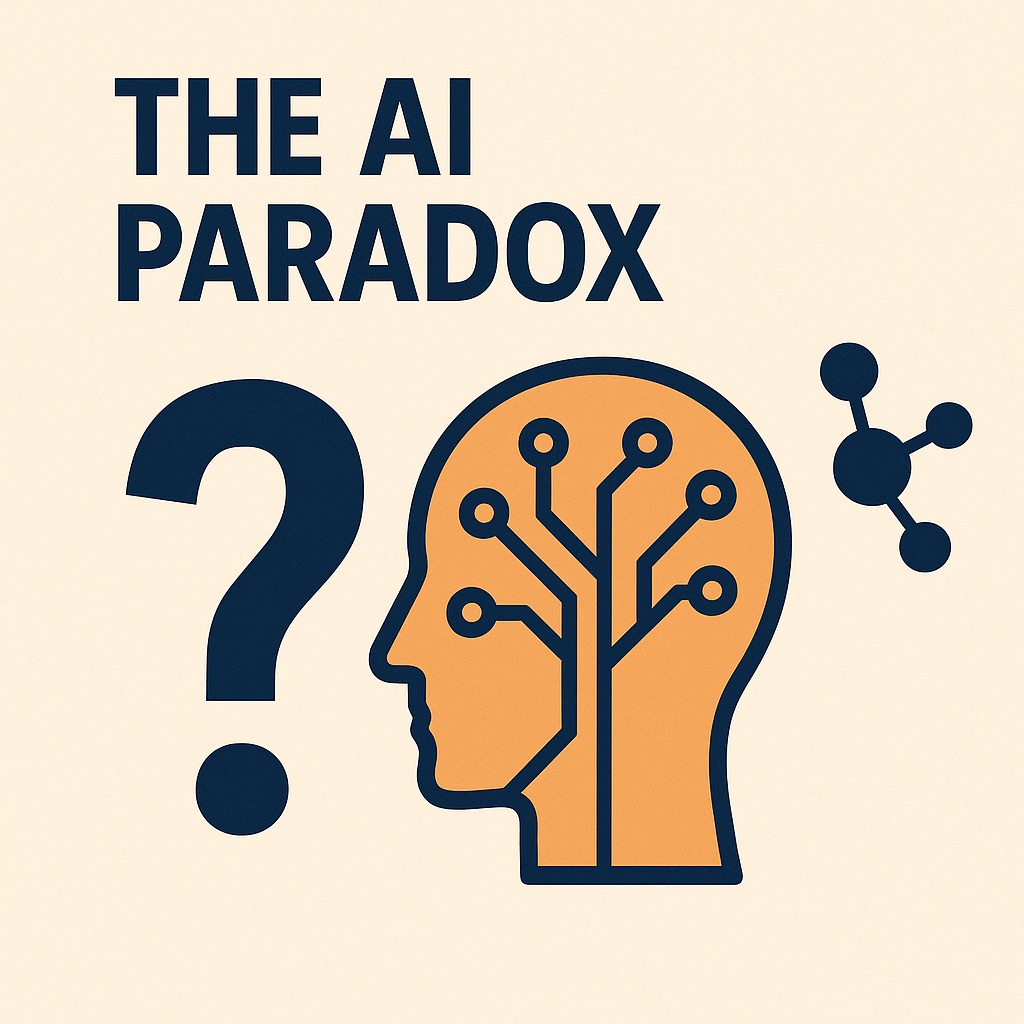
To remain competitive in today's fast-paced, ever-evolving landscape, organizations must adopt new ways of working that prioritize agility, collaboration, and customer-centricity. Traditional top-down hierarchies are no longer sufficient to keep up with the demands of dynamic markets and shifting employee expectations. Instead, forward-thinking companies are turning to agile models to increase adaptability, foster innovation, and improve the employee experience.
Agile is more than just a project management framework; it is a mindset, a culture, and a set of management practices that put value creation and customer satisfaction at the center. Originally popularized in IT, agile principles are now being adopted across all business functions—including Human Resources (HR).
According to the HR Trend Institute, Agile HR is:
As HR thought leader Josh Bersin puts it, HR must "get out of the conference room" and start co-creating better employee experiences through experimentation and direct feedback.
Adopting an agile approach empowers HR to deliver real value to internal customers—employees and managers—by co-designing meaningful employee experiences. This goes far beyond implementing cloud-based HR systems. Instead, it’s about involving users in:
This method invites collaboration and co-creation, making organizational change a shared effort. Employees aren’t managed through change; they become active participants in shaping it.
True agility requires more than process change—it calls for a cultural transformation. HR plays a critical role in fostering this shift by:
A successful transition to agile ways of working is not just about tools, but about empowering people and reinforcing a culture of experimentation, transparency, and trust.
For HR leaders ready to embrace agility, here are key steps to begin the journey:

Are you an HR leader looking to increase agility and employee engagement in your organization? Not sure where to start?
📞 Contact Bee’z Consulting for a complimentary consultation on Agile HR and cultural transformation. Let’s explore how to co-create a more resilient, people-centric organization—together.
Bee’z Consulting — Empowering HR leaders to drive meaningful transformation through strategy, agility, and co-creation.


Growth in healthcare isn’t about getting bigger anymore. It’s about getting better — and Europe’s hospitals are showing how. Discover how the next wave of leaders is changing healthcare.


From blame to accountability : how a culture of responsibility boosts care quality, engagement, and performance in healthcare. Let’s talk about this !


AI is everywhere in life sciences. It can design trial protocols in minutes, flag side effects before they appear, and even draft regulatory documents while you sleep.
